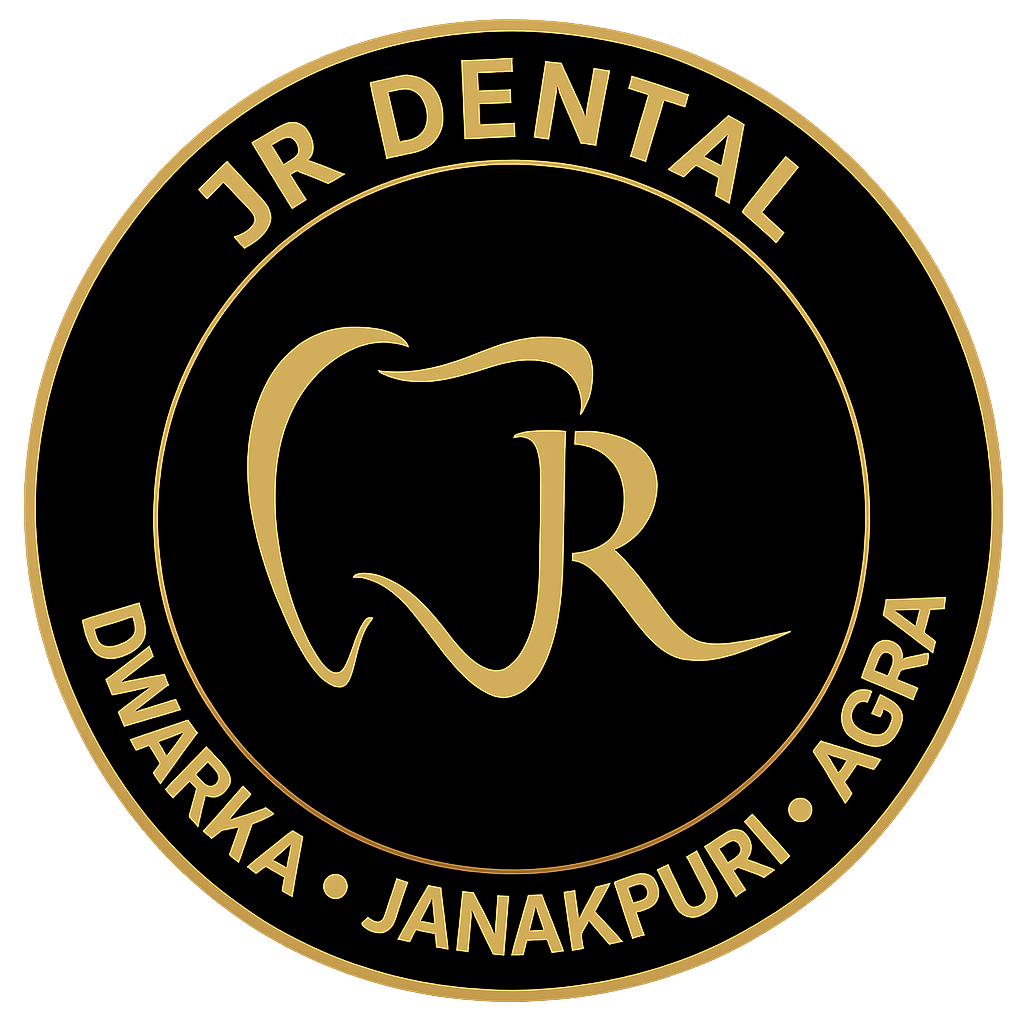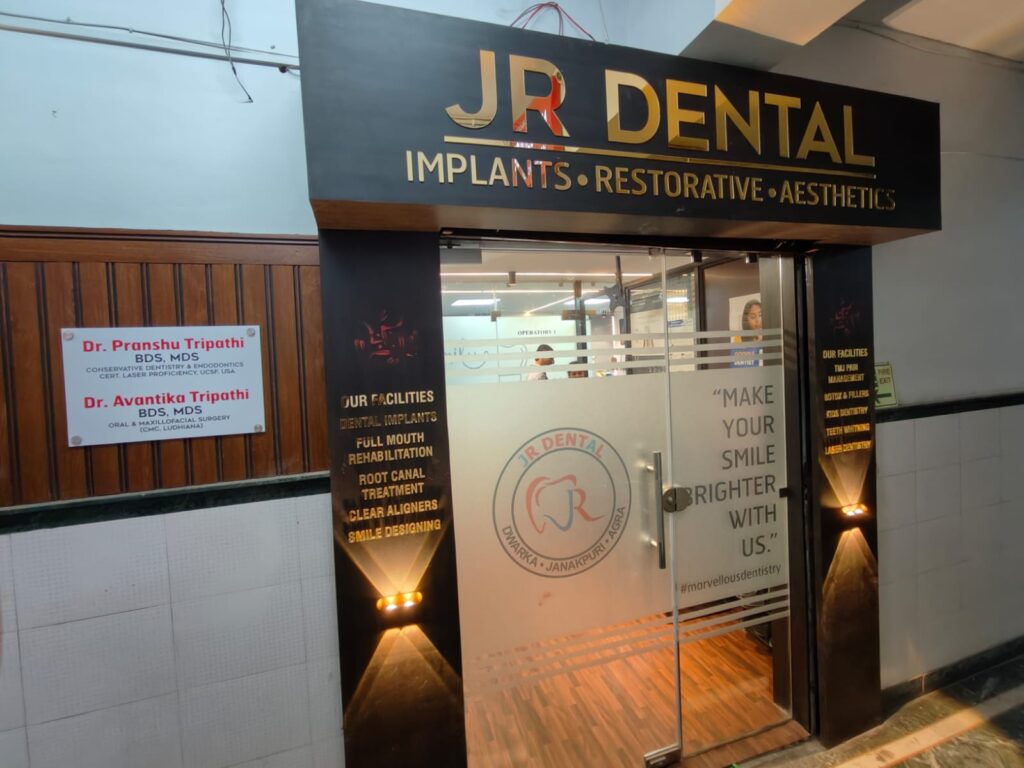JR Dental Service
Sinus Lift Surgeries in Dwarka
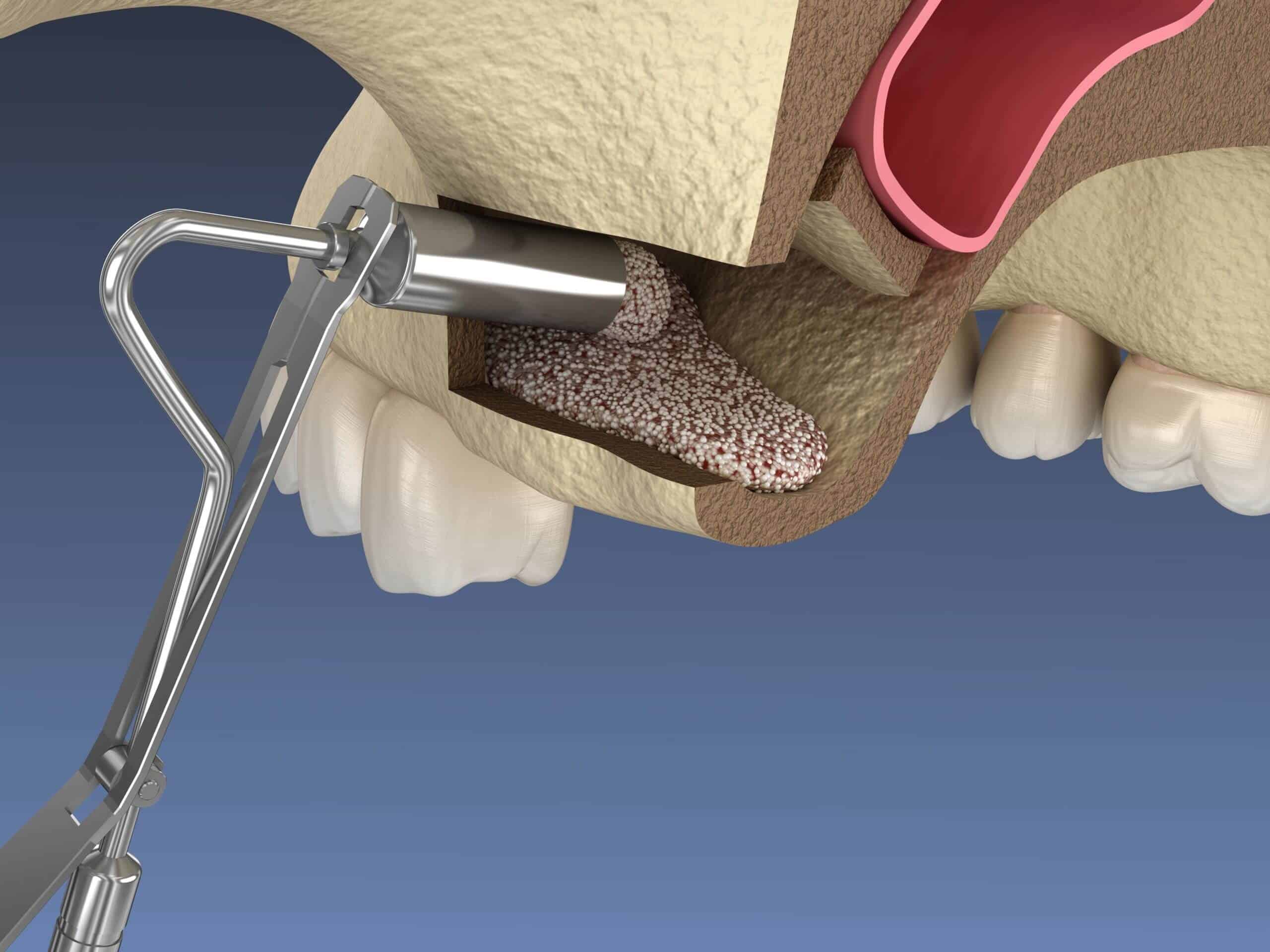
What is Sinus Lift Surgery?
Sinus lift surgery, also known as sinus augmentation, is a procedure used to increase the amount of bone in the upper jaw in the area of the molars and premolars. It’s typically performed when there is insufficient bone height in the upper jaw to support dental implants, usually due to bone loss or the natural shape of the sinus cavity. During the procedure, the dentist or oral surgeon lifts the sinus membrane and adds bone graft material into the sinus cavity to allow for the successful placement of dental implants. This procedure is often necessary for patients who have experienced bone loss in the upper jaw due to tooth loss, gum disease, or other factors.
How Does Sinus Lift Surgery Work?
Sinus lift surgery works by creating more space for bone growth in the upper jaw where the sinus cavity has expanded or where there is inadequate bone structure. The process begins with a thorough assessment, including X-rays or 3D imaging, to determine the condition of the sinus and the amount of bone available. The surgeon then makes a small incision in the gum tissue near the molar or premolar area. After carefully lifting the sinus membrane, bone graft material is placed into the space where the sinus was lifted. Over time, the graft material integrates with the existing bone, allowing for new bone growth that can support dental implants. The healing process typically takes several months, after which dental implants can be placed.
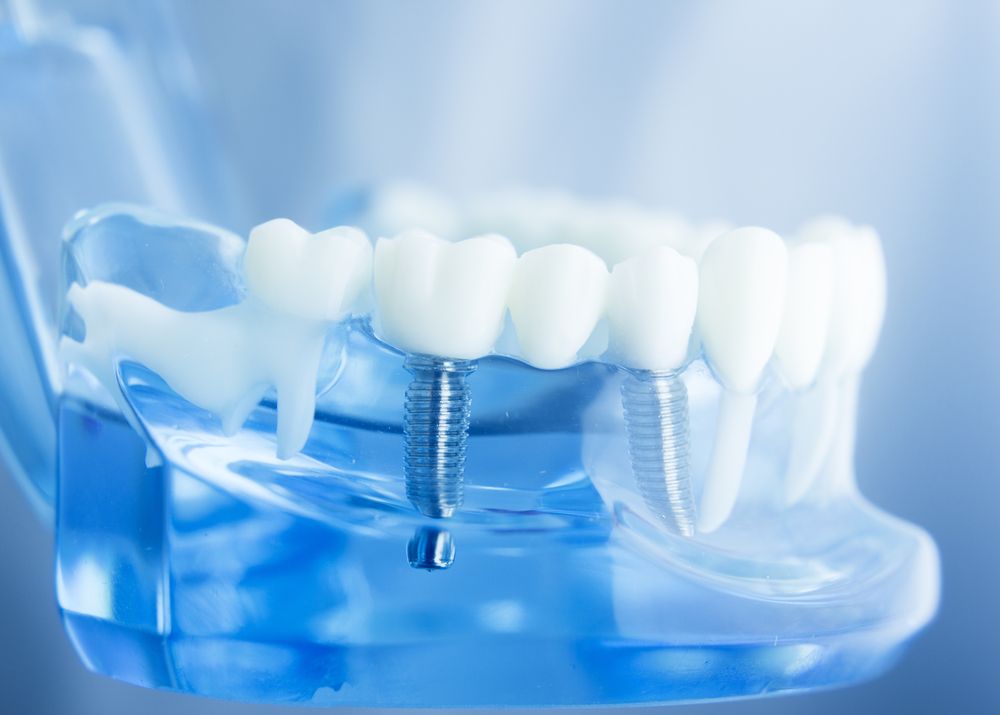
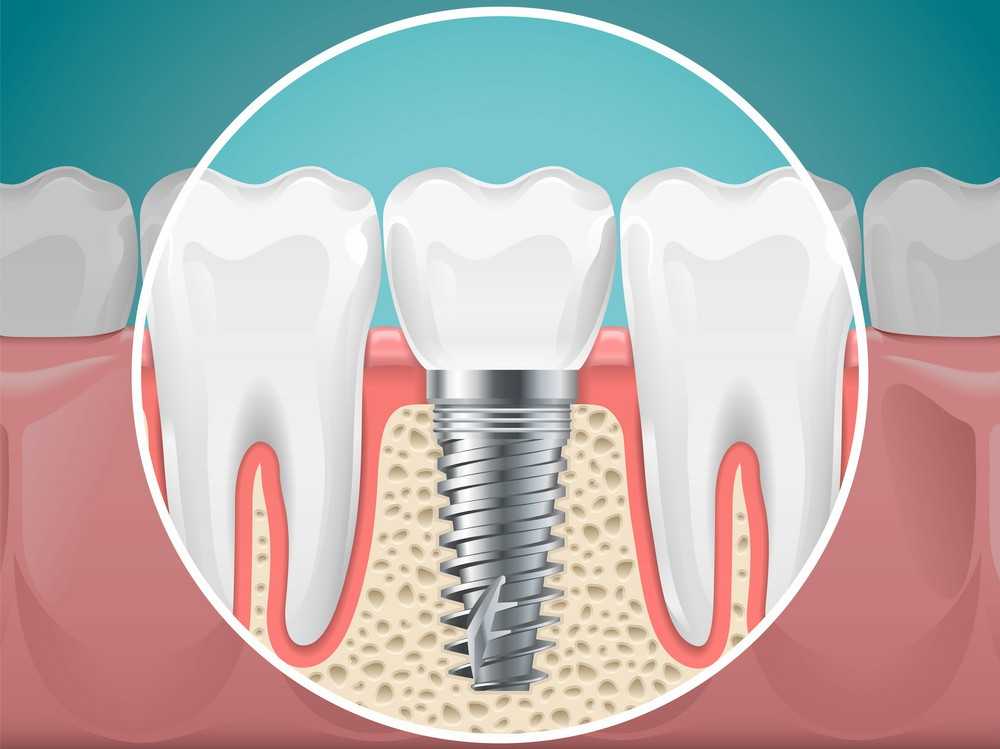
Benefits of Sinus Lift Surgery
Sinus lift surgery offers several benefits, particularly for patients who need dental implants but have insufficient bone in the upper jaw. The key benefits include: Increased Bone Volume: The surgery provides enough bone in the upper jaw to allow for the successful placement of dental implants. Improved Functionality: By restoring bone structure, the surgery improves the functionality of the jaw, allowing for proper chewing and speaking. Aesthetic Restoration: Dental implants placed after a sinus lift provide a natural and aesthetically pleasing solution to replace missing teeth. Long-Term Solution: With successful healing, the bone graft can support implants for many years, providing a permanent solution to tooth loss. Restoring Self-Confidence: Successful dental implant placement after sinus lift surgery restores a patient's smile and confidence.
Procedure for Sinus Lift Surgery
The procedure for sinus lift surgery involves several steps: Consultation and Evaluation: The surgeon will perform a comprehensive evaluation of the patient’s oral and sinus health. This may include digital X-rays or a CT scan to assess the jawbone structure and sinus anatomy. Anesthesia: The patient is given local anesthesia to numb the surgical area, and in some cases, sedation may be used to ensure comfort throughout the procedure. Surgical Access: The surgeon makes a small incision in the gum tissue to access the area near the sinuses. Lifting the Sinus Membrane: The sinus membrane is carefully lifted to create space for the bone graft. The graft material, typically made from synthetic or natural bone, is placed into the sinus cavity. Closing the Incision: Once the graft material is in place, the incision is closed with sutures. The area will be monitored during recovery to ensure proper healing. Recovery and Healing: After the procedure, the patient is given specific care instructions to ensure proper healing. The bone graft takes several months to integrate with the existing bone before dental implants can be placed.
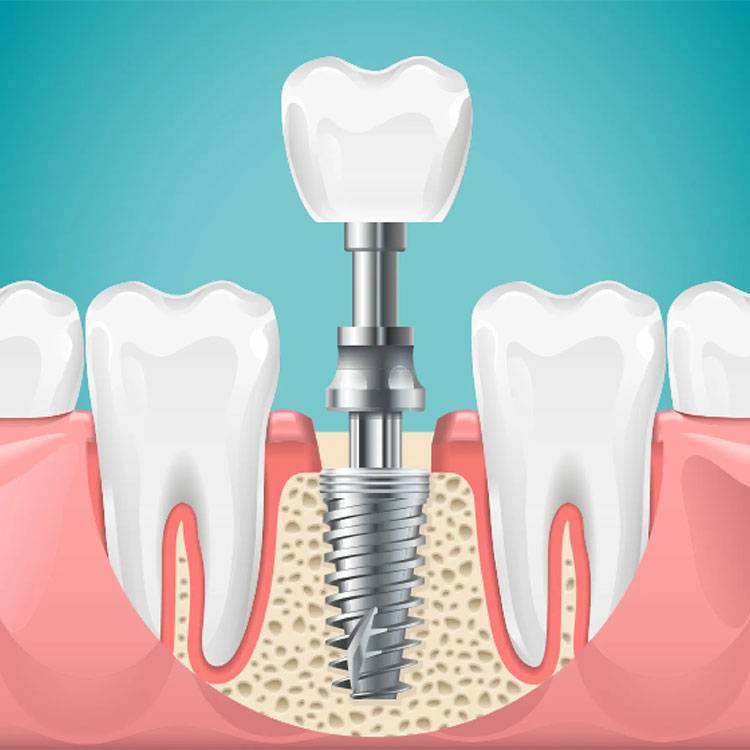
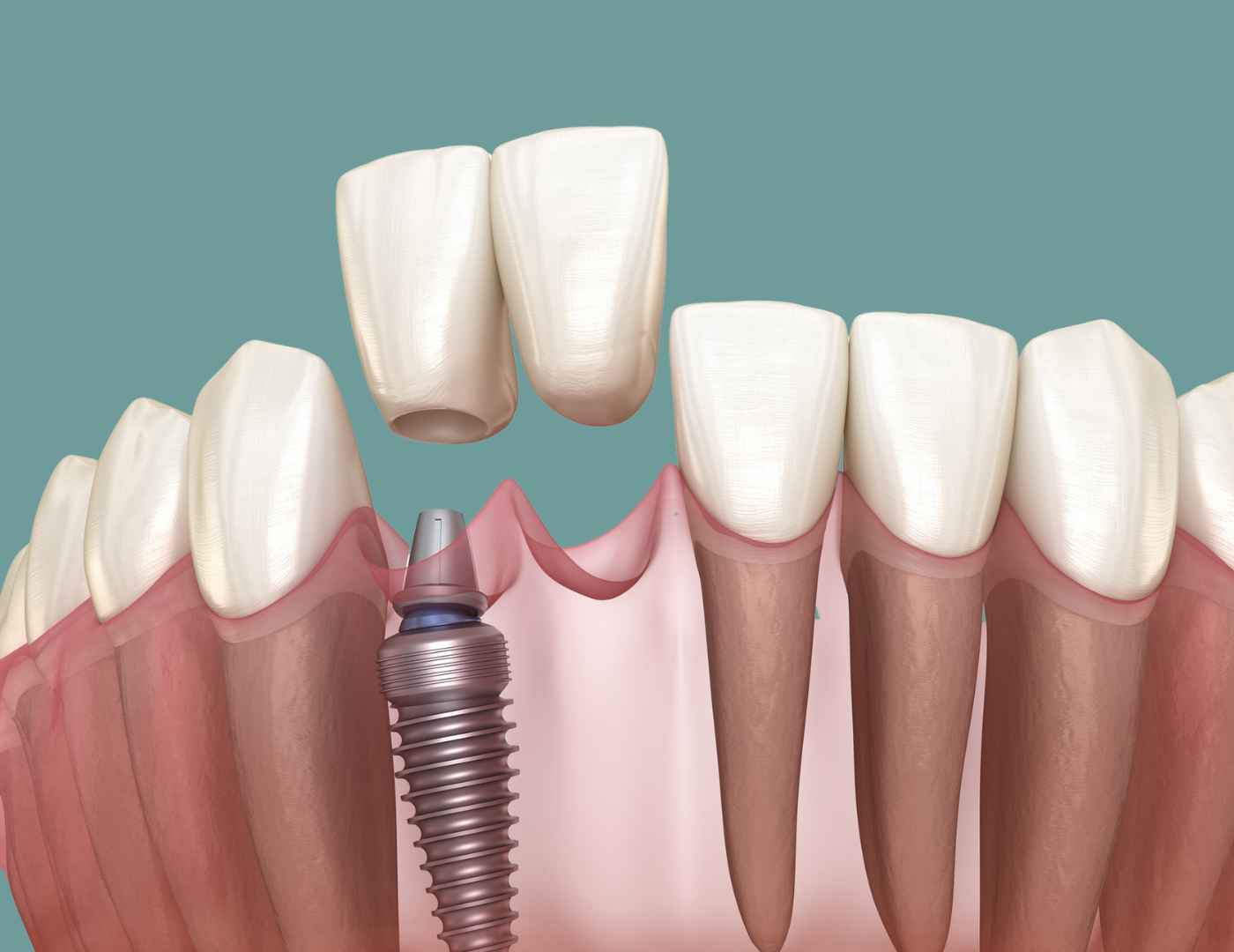
Ideal Candidates for Sinus Lift Surgery
Ideal candidates for sinus lift surgery are patients who have insufficient bone in the upper jaw due to tooth loss, bone resorption, or other conditions that affect the jawbone structure. These individuals may not have enough bone to support dental implants in the back of the upper jaw. Candidates should generally be in good health and free from active sinus infections or severe gum disease. A thorough evaluation by a dental professional is necessary to determine whether sinus lift surgery is the right solution.
Risks of Sinus Lift Surgery
While sinus lift surgery is generally safe and effective, there are some risks and complications associated with the procedure. These include: Infection: As with any surgery, there is a small risk of infection in the treated area. Sinus Perforation: There is a risk that the sinus membrane may be accidentally perforated during the surgery. If this occurs, the surgeon will typically repair the tear, and the procedure can still proceed, though additional care may be needed. Graft Failure: In rare cases, the bone graft may not integrate properly with the existing bone, requiring additional surgery or grafting. Swelling and Discomfort: Patients may experience swelling, bruising, or discomfort during the recovery period, which usually subsides within a few days to a week. Delayed Healing: In some cases, the healing process may take longer than expected, requiring more time before implants can be placed.

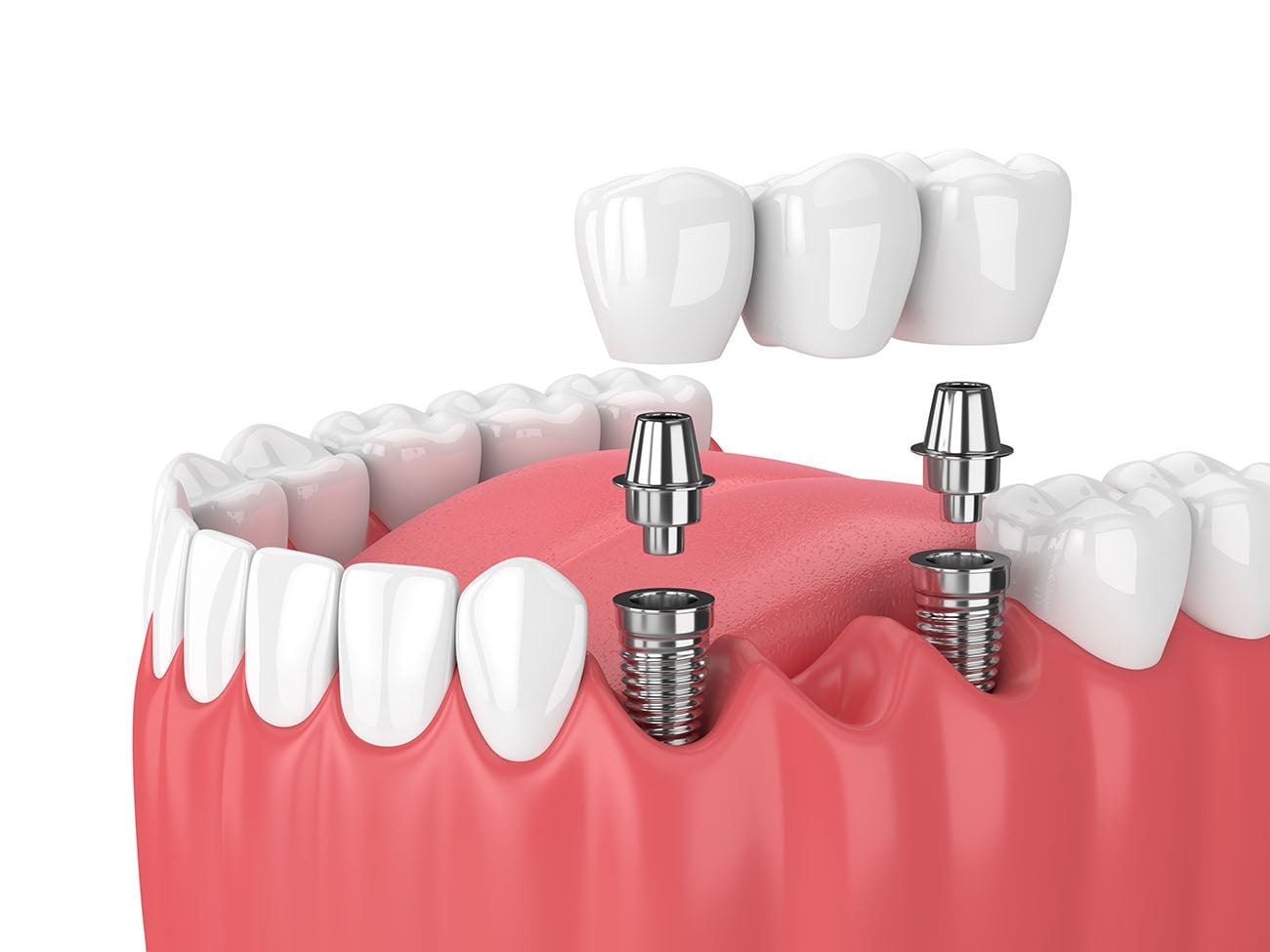
Success Rate of Sinus Lift Surgery
The success rate of sinus lift surgery is generally very high, with success rates ranging from 85% to 95%. Factors that influence the success of the procedure include the health of the patient, the amount of bone available, the skill of the surgeon, and the type of graft material used. For the best results, it’s important to follow all post-operative care instructions to ensure proper healing. Once the bone graft has integrated successfully with the existing bone, dental implants can be placed with a similarly high success rate. The long-term success of implants placed after sinus lift surgery is also very promising, with implants lasting for many years when properly cared for.
FAQS
How long does it take to recover from sinus lift surgery?
Recovery from sinus lift surgery typically takes several months. Initially, patients may experience some swelling and discomfort, but this generally subsides within a few days. The bone graft itself takes about 4 to 6 months to fully integrate with the existing bone before dental implants can be placed.
Is sinus lift surgery painful?
Sinus lift surgery is performed under local anesthesia, so patients do not feel pain during the procedure. After the surgery, some discomfort, swelling, or bruising may occur, but this can usually be managed with over-the-counter pain medications. Most patients find the recovery process relatively straightforward.
Can I have dental implants right after a sinus lift?
In most cases, a waiting period of 4 to 6 months is required for the bone graft to integrate with the existing bone before dental implants can be placed. However, in some cases, the implant may be placed simultaneously with the sinus lift surgery, depending on the patient’s unique situation and the surgeon's recommendation.
